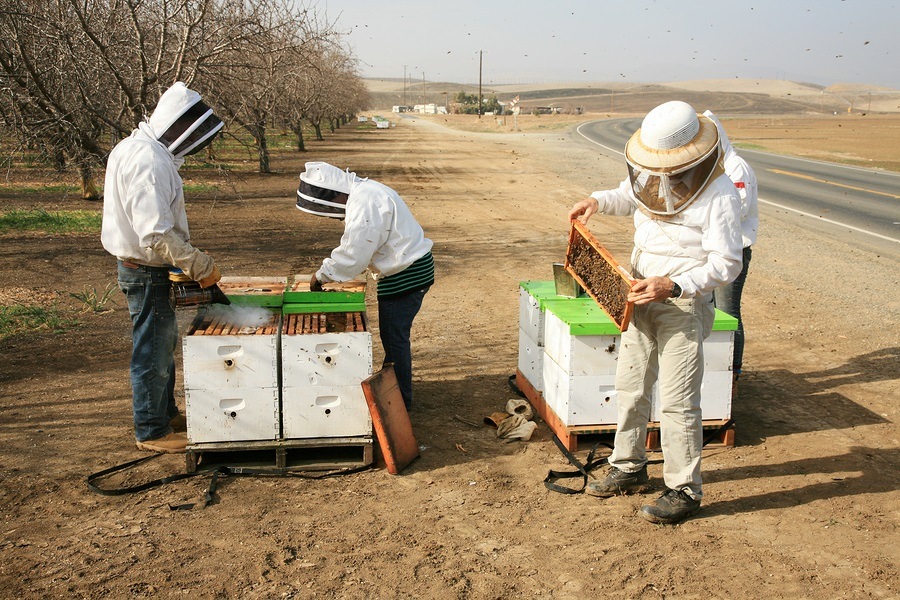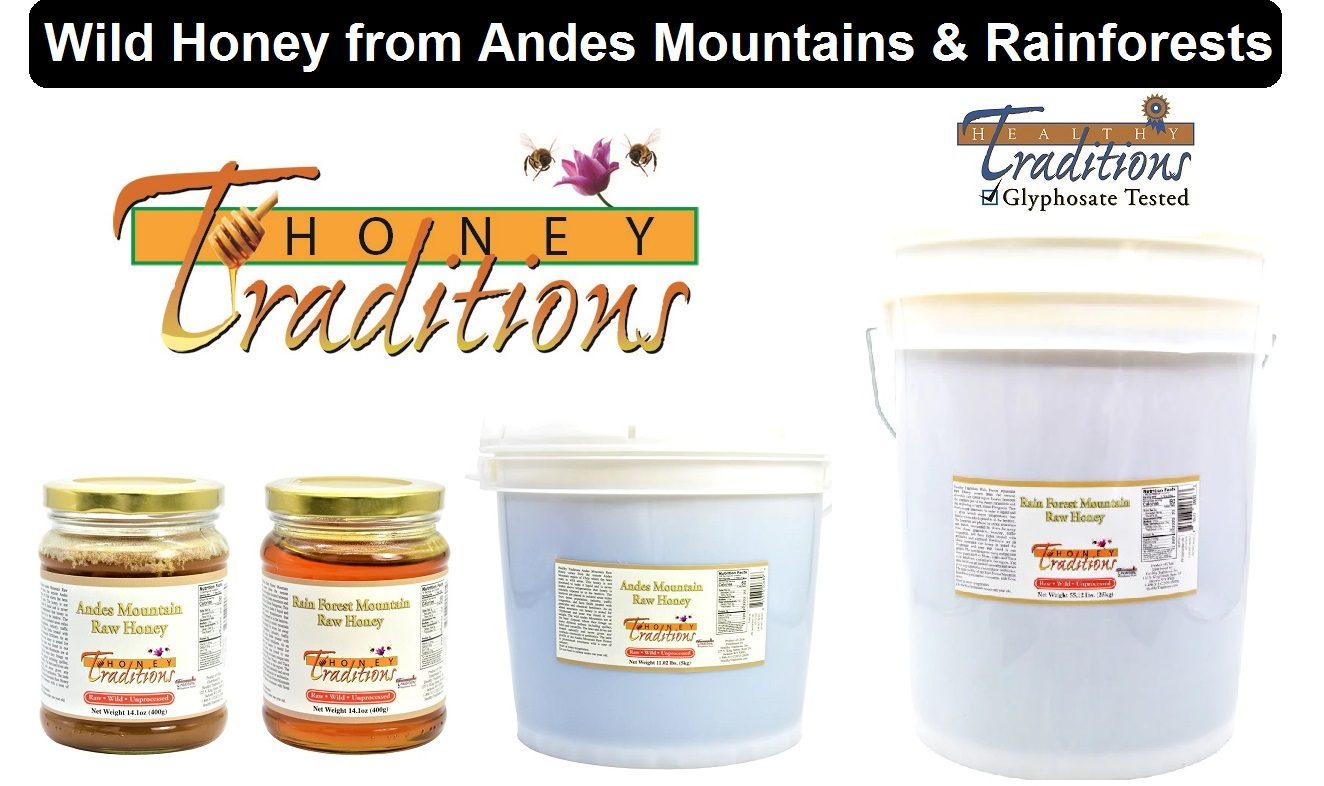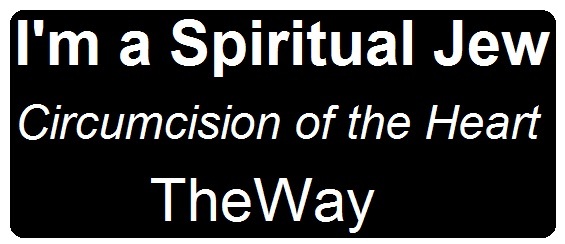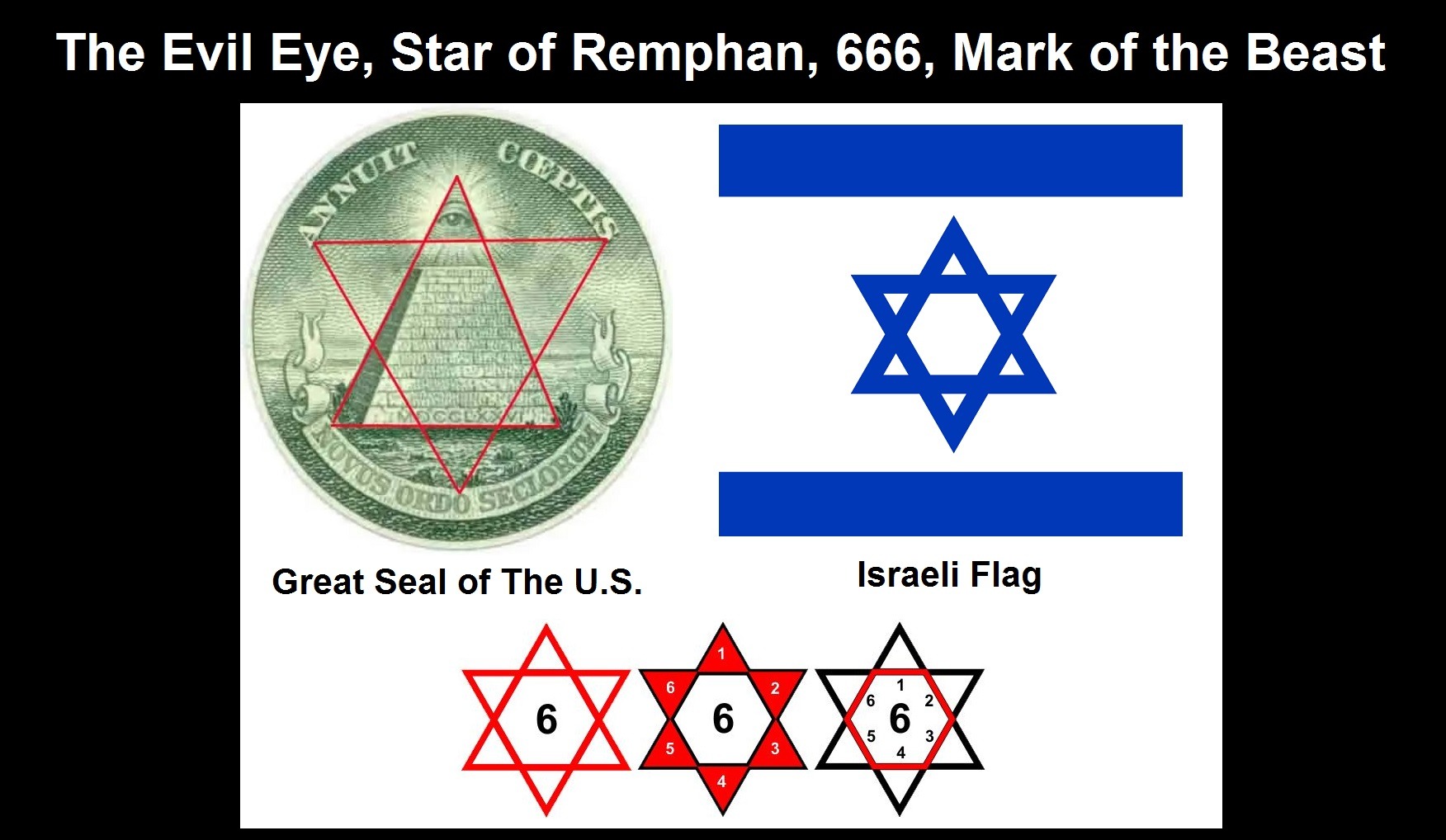by Brian Shilhavy
Honey is one of nature’s most perfect and beneficial foods. The documented research on the incredible health benefits of honey is truly astounding. If you type in the search term “honey” in the National Library of Medicine on the NIH Government website, you will get 18,000 results from peer-reviewed journals.
If you search for honey on Health Impact News, you get over 150 results documenting the health benefits of pure honey, such as:
Phenolic Compounds and Enzymatic Activity in Raw Honey Positively Affect Oxidative Stress and Bone Density
Honey Out-Performs Antibiotics in Fighting Superbugs
Honey: A Powerful Anti-Cancer Agent
Honey is the ONLY sweetener on the market that you can purchase that is a complete, whole food, as opposed to granulated sugar which is an extract from either a grass (sugar cane), or from beets (sugar beets).
But purchasing real, pure, unadulterated raw honey that is not contaminated with herbicides or pesticides, is another matter altogether.
Testing done in 2011 on grocery store honey showed that up to 80% of the honey sold in grocery stores is adulterated and even fake, much of it imported from China illegally. (Source.)
My online store, Healthy Traditions, has been importing high quality pure honey from outside the United States for more than a decade now, and almost every single shipment of honey that we have imported goes through an FDA hold to ensure that it is not fake “honey” from unknown sources that has been relabeled.
It usually takes us more time to get honey across the border than any other product we import.
The Problem with North American Honey

Honey that is produced in the U.S. and Canada is mostly a by-product of professional beekeepers who make their primary income from leasing out their bees to pollinate crops in commercial agriculture.
These commercial crops are heavily treated with herbicides and pesticides, and the resulting honey from these bees is just a by-product of these commercial bee operations, and that includes most “local” honeys, which are highly contaminated.
Pure raw honey has been proven through numerous studies to be more effective than drugs in treating many diseases, and since honey can be stored indefinitely and tends to improve with age, like fine wines, this is a food that you want in your long-term food storage plans, and you want honey that heals, not honey that is contaminated, or “honey” that is not even real honey at all.
In North America professional beekeepers transport their bees all across America to pollinate crops in commercial agriculture, which is their main business, and then have to sell the by-product, which is honey.
Most of the bees in North America go to California once a year to pollinate their almond trees, as almonds are California’s #1 agricultural product, a $4 billion dollar industry.
Because of the heavy use of pesticides and herbicides, this has put increasing pressure on the bee supply.
We covered this issue in 2014:
Are California Almonds Destroying the U.S. Bee Supply?
Excerpts:
80% of the world’s almonds come from California’s Central Valley. Almonds are the #1 agricultural crop grown in California. It is a $4 billion industry.
There’s just one problem with this huge industrial agricultural system: it needs bees to pollinate their almond trees every spring. Therefore, every year, much of the nation’s bee supply, as well as Canada’s, is transported to California to pollinate the almond trees. This year, it may be that nearly 100% of the U.S. bee supply will go to California to pollinate the almond trees.
Last year, many of the bee hives from the northern climates arrived dead, forcing almond growers to find other sources of bees. Many could not find bees at any cost, as even bees used in the citrus crops of Florida were transported to California to try to meet the demand. The almond industry barely survived last year.
According to an article published recently by Paul Driessen of the DailyCaller, the California almond industry is putting pressure on the northern climate bee keepers to hurry bees to California, at great risk to the bees:
A major problem is that bee colonies, especially those from northern states, lack sufficient time to emerge from their heat-conserving winter cluster. To meet this challenge, some beekeepers maintain 20,000 to 30,000 hives. Each one requires careful inspection for devastating diseases and parasites – a meticulous task impractical at such a scale.
Making their task more difficult is the fact that beekeepers are trying to impose large-scale agricultural methods on an animal whose husbandry practices have been virtually unchanged since the nineteenth century.
Unfortunately, almond demand for bees has led many commercial beekeepers to put their stocks at risk, because the payoff can amount to half an individual keeper’s yearly profit. (Source.)
Beekeeper Ed Colby described the consequences of bringing together bees from all around the United States and letting them mingle together. The result is “bees come back from California loaded with mites and every other disease you can think of. … But the upside is they pay you money, and it’s good money.”
Is it a sustainable form of agriculture to transport 1.5 million honey bee hives to California from as far away as Florida to pollinate the almond groves each year? This style of agriculture produces a large crop of nuts, but is this good for the bees, the nutritional quality of the almonds, and the health of consumers? (Source.)
As these bees pollinate the almond industry in California and other commercial agricultural products in North America, they produce honey which the beekeepers then sell to commodity brokers and that is where much of the nation’s honey comes from.
In recent years scientists have become concerned about the nation’s bee supply, so they began testing the honey to see if the chemicals sprayed on the crops that the bees are pollinating passed on to the bees by studying the honey they produced.
They weren’t so concerned about the contamination of the nation’s honey supply, but much more concerned about the bee populations, because this has a direct impact on growing commercial crops, like the almonds in California.
One of those studies conducted in Canada found that 99% of honey samples tested were contaminated with the herbicide glyphosate, the active ingredient in RoundUp and the #1 herbicide in the world that is now linked to cancer. Other studies also confirmed this problem.
I highlighted many of these studies in a report I published in 2019:
Study: 99% of Canadian Honey Analyzed Contaminated with Herbicide Glyphosate
Some excerpts:
A recent study published in the journal Food Additives & Contaminants analyzed 200 random samples of honey in Canada. The study was conducted by the Agri-Food Laboratories, Alberta Agriculture and Forestry, in Edmonton, Alberta, Canada.
Their analysis found that almost 99% of the honey samples analyzed were contaminated with the herbicide glyphosate, the active ingredient in RoundUp that has been linked to cancer.
Two hundred randomly chosen honey samples, which were submitted to our laboratory for other testing, were analysed using the online SPE-LCMS/MS method to obtain information regarding baseline levels of glyphosate, its main degradation product AMPA, and the other acidic herbicide, glufosinate.
Glyphosate was detected in almost all honey samples analysed with 197 out of 200 samples (98.5%) having residues… (Source.)
Canada is not the only place with Glyphosate-Contaminated Honey.
In a study published in 2014 in the Journal of Environmental & Analytical Toxicology titled “Survey of Glyphosate Residues in Honey, Corn and Soy Products,” researchers analyzed food samples purchased in stores in the Philadelphia area, including honey, both organic honey and non-organic honey.
Their analysis found:
Of the sixty-nine honey samples analyzed, forty-one samples, or fifty-nine percent (59%), had glyphosate concentrations above the method LOQ (15 ppb)….
Eleven of the tested honey samples were organic; five of the organic honey samples, or forty-five percent (45%), contained glyphosate concentrations above the method LOQ…
Of the fifty-eight non-organic honey samples, thirty-six samples, or sixty-two percent (62%), contained glyphosate concentrations above the method LOQ… (Source.)
In 2017 researchers from the Risk Assessment Division, Federal Food Safety and Veterinary Office (FSVO), in Bern, Switzerland, published a study titled “Glyphosate residues in Swiss market foods: monitoring and risk evaluation.”
Their analysis found that 100% of their samples tested positive for the presence of glyphosate:
…all samples of wine, fruit juice and nearly all samples of honey tested positive for glyphosate…
The report downplayed the results, saying that levels were very low and “of no concern for human health.”
In another study published in 2017 in the Journal of Regulatory Science, which was conducted in an FDA laboratory in Atlanta, Georgia, almost 50% of honey samples analyzed were contaminated with glyphosate:
Nineteen honey samples were collected from the local market and a private honey farm and analyzed by the proposed method (Table 3). Nine samples (47%) contained glyphosate higher than 16 ng/g (estimated LOQ). (Source.)
A study published in 2018 in PLoS ONE analyzed honey in Hawaii and found:
Of 15 honey samples store-purchased on Kauaʽi, glyphosate was detected in 33%, with a mean concentration of 41 ppb, S.E.M. 14. (Source.)
Is “Local Honey” Better?

It should be obvious by now that honey that is a by-product of commercial agricultural where the bees are exposed to pesticides and herbicides is not honey in its purest form, and that is true whether it is “local” or not.
If you travel through the Central Valley in California where the almond industry flourishes, you will see plenty of roadside stands selling “local honey,” but chances are these are by-products of the “local” almond industry.
Some believe that “local” honey has benefits because there is pollen that is local that can help with allergy issues, but the science on that is scant at best, and possibly even non-existent.
We covered this issue in 2014:
Is the Best Honey Really “Local” Honey?
Excerpts:
Is your local honey really local? There is considerable conversation on the Internet these days about the benefits of eating local honey. Much of the discussion revolves around using local honey to help with pollen related allergies.
Some say that local honey contains a blend of local pollen, which can strengthen a person’s immune system, and reduce pollen allergy symptoms.
Is this true? Let’s take a look.
The first fact is that there has been very little scientific research on whether local honey is helpful for the reduction of pollen related allergy symptoms.
There are a few studies to consider, and a huge amount of personal opinion on the topic. I will show you two of the most significant studies.
But before I do, I will summarize the honey making process and the theory behind why some people believe that local honey is useful for providing pollen related allergy relief. (Source.)
My Own Experience in Trying to Find Pure, Clean Raw Honey for my Healthy Traditions Store

No longer available.
For almost a decade we were very fortunate to have a source in the remote areas of British Columbia, Canada, that produced a Canadian honey that was among the less than 1% that tested free of glyphosate and other chemicals in Canadian honey.
Not only did this honey test clean, it was certified organic, which is one of the hardest certifications to get for honey, since the radius a bee can fly covers many miles, and one must ensure that the bees have no access to commercial crops.
The bees drew their pollen from a wide range of wild flowers growing in this remote area in Canada, and the owner only harvested the honey during a 6-week period during the short Canadian summers.
We considered it to be the best honey in North America, and our customers overwhelmingly agreed. It was one of our best-selling products, second only to our coconut oil products.
But in 2020 we got the sad news that even in this remote area of Canada, the honey was now showing small amounts of glyphosate when tested, and we sadly had to stop selling it, as we refuse to sell any product that tests positive for glyphosate.
The owner of this operation in Canada has continued to try and harvest honey in the remote areas of Canada that tests free of glyphosate, but so far has been unable to do so.
So we began our search for a replacement, and our contact in Chile who sources our Extra Virgin Olive Oil told us about a source of raw honey that was harvested in the Chilean Andes Mountains and Rain Forests. They exported their honey to Europe where it has won several awards, and they tested every batch for pesticides and herbicides.
After testing their current batch ourselves to verify their claims, we imported this honey to the United States and started selling it, and now offer it in 14 oz. glass jars, and in gallon pails and 5-gallon pails for those who want to invest in long-term storable foods, since honey never goes bad if stored in air-tight and moisture free containers.
You can learn more about this premium product here.
Here is a short video about it:
Disclaimer: Yes, I Earn Money if You Buy My Honey
This should be obvious, but yes, I own Healthy Traditions, an online ecommerce store that started out as Tropical Traditions.
I have owned this store for over 22 years now, and you can read about the tremendous opposition I have faced over the years in fighting the FDA, IRS, terrorists, and many other obstacles in bringing alternative products to Big Food and Big Ag to the public for over 22 years now here:
Healthy Traditions: 20 Years of Demonstrating God’s Faithfulness in Offering an Alternative to Commodity Food and Products
I earn no income from the websites in the Health Impact News network, and I do not solicit donations to run Health Impact News, and the few times people have sent money to support Health Impact News, I sent it back to them, as I want to be truly independent and responsible to nobody except God, as I seek to publish the truth, whether people like it or not.
The old saying “follow the money” is true when trying to understand one’s motive in promoting what one promotes, and for me, you just found it – my money comes from my own business that I am 100% owner in, and where I have never taken on debt or other capital venture investors, and where Wall Street Corporations and Bankers have no investment in.
Writing and exposing the truth is my passion, my talent, and my calling, and I could never take money for it.
So if you want to support the work here, you can buy my products and get a great value in return for your investment by purchasing truly healthy products you are not likely to find elsewhere.
Thank you!
Brian Shilhavy
This article was written by Human Superior Intelligence (HSI)
See Also:
Understand the Times We are Currently Living Through
The Demonic Roots of Christianity: The Christians Jesus Said He Hated
Who are God’s “Chosen People”?
Life in the Spirit versus the Religious Life in the Flesh
KABBALAH: The Anti-Christ Religion of Satan that Controls the World Today
Christian Teaching on Sex and Marriage vs. The Actual Biblical Teaching
Exposing the Christian Zionism Cult
The Bewitching of America with the Evil Eye and the Mark of the Beast
Jesus Christ’s Opposition to the Jewish State: Lessons for Today
Identifying the Luciferian Globalists Implementing the New World Order – Who are the “Jews”?
The Brain Myth: Your Intellect and Thoughts Originate in Your Heart, Not Your Brain
The Seal and Mark of God is Far More Important than the “Mark of the Beast” – Are You Prepared for What’s Coming?
The Satanic Roots to Modern Medicine – The Image of the Beast?
Medicine: Idolatry in the Twenty First Century – 10-Year-Old Article More Relevant Today than the Day it was Written
Having problems receiving our emails? See:
How to Beat Internet Censorship and Create Your Own Newsfeed
We Are Now on Telegram. Video channels at Bitchute, and Odysee.
If our website is seized and shut down, find us on Telegram, as well as Bitchute and Odysee for further instructions about where to find us.
If you use the TOR Onion browser, here are the links and corresponding URLs to use in the TOR browser to find us on the Dark Web: Health Impact News, Vaccine Impact, Medical Kidnap, Created4Health, CoconutOil.com.






















2 Comments